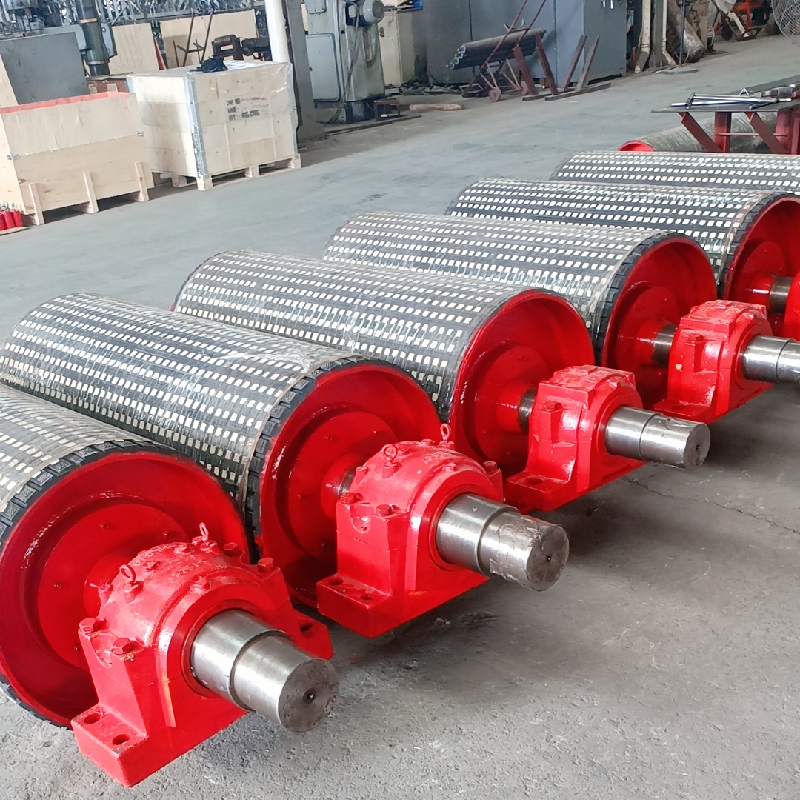 Afrikaans
Afrikaans  Albanian
Albanian  Amharic
Amharic  Arabic
Arabic  Armenian
Armenian  Azerbaijani
Azerbaijani  Basque
Basque  Belarusian
Belarusian  Bengali
Bengali  Bosnian
Bosnian  Bulgarian
Bulgarian  Catalan
Catalan  Cebuano
Cebuano  Corsican
Corsican  Croatian
Croatian  Czech
Czech  Danish
Danish  Dutch
Dutch  English
English  Esperanto
Esperanto  Estonian
Estonian  Finnish
Finnish  French
French  Frisian
Frisian  Galician
Galician  Georgian
Georgian  German
German  Greek
Greek  Gujarati
Gujarati  Haitian Creole
Haitian Creole  hausa
hausa  hawaiian
hawaiian  Hebrew
Hebrew  Hindi
Hindi  Miao
Miao  Hungarian
Hungarian  Icelandic
Icelandic  igbo
igbo  Indonesian
Indonesian  irish
irish  Italian
Italian  Japanese
Japanese  Javanese
Javanese  Kannada
Kannada  kazakh
kazakh  Khmer
Khmer  Rwandese
Rwandese  Korean
Korean  Kurdish
Kurdish  Kyrgyz
Kyrgyz  Lao
Lao  Latin
Latin  Latvian
Latvian  Lithuanian
Lithuanian  Luxembourgish
Luxembourgish  Macedonian
Macedonian  Malgashi
Malgashi  Malay
Malay  Malayalam
Malayalam  Maltese
Maltese  Maori
Maori  Marathi
Marathi  Mongolian
Mongolian  Myanmar
Myanmar  Nepali
Nepali  Norwegian
Norwegian  Norwegian
Norwegian  Occitan
Occitan  Pashto
Pashto  Persian
Persian  Polish
Polish  Portuguese
Portuguese  Punjabi
Punjabi  Romanian
Romanian  Russian
Russian  Samoan
Samoan  Scottish Gaelic
Scottish Gaelic  Serbian
Serbian  Sesotho
Sesotho  Shona
Shona  Sindhi
Sindhi  Sinhala
Sinhala  Slovak
Slovak  Slovenian
Slovenian  Somali
Somali  Spanish
Spanish  Sundanese
Sundanese  Swahili
Swahili  Swedish
Swedish  Tagalog
Tagalog  Tajik
Tajik  Tamil
Tamil  Tatar
Tatar  Telugu
Telugu  Thai
Thai  Turkish
Turkish  Turkmen
Turkmen  Ukrainian
Ukrainian  Urdu
Urdu  Uighur
Uighur  Uzbek
Uzbek  Vietnamese
Vietnamese  Welsh
Welsh  Bantu
Bantu  Yiddish
Yiddish  Yoruba
Yoruba  Zulu
Zulu Different Types of Conveyor Idlers and Their Applications in Material Handling
Understanding Different Types of Conveyor Idlers
Conveyor idlers are essential components in the design and operation of conveyor systems, playing a critical role in supporting the belt, maintaining its alignment, and ensuring efficient material handling. These idlers come in various types, each designed to cater to specific applications and operational requirements. Understanding the different types of conveyor idlers can help in selecting the right components for your specific needs.
1. Flat Idlers
Flat idlers are the most common type used in conveyor systems. They consist of flat rolls mounted on frames that support the conveyor belt and material load across the transport line. These idlers are typically used in applications where the material being transported is stable and not prone to moving off the belt. Their simplicity makes them a cost-effective solution for a wide range of material handling tasks.
2. Conical Idlers
Conical idlers have a tapered design that allows for better load distribution and belt tracking. These idlers are particularly useful in situations where the belt needs to maintain alignment and avoid slippage. The unique shape helps to guide the belt along its intended path, making conical idlers ideal for applications where the conveyor must navigate curves or inclines.
Garland idlers consist of multiple rolls that create a flexible support system for the conveyor belt. This design allows for significant adaptability in various applications, especially when dealing with uneven load distributions. Garland idlers are often used in heavy-duty applications like mining and bulk material handling, where the load may shift unexpectedly. Their configuration helps to minimize wear on the conveyor belt, extending its lifespan.
4. Return Idlers
types of conveyor idlers

Return idlers support the underside of the conveyor belt as it returns empty to the loading point. These idlers are crucial for maintaining the tension of the belt and preventing sagging, which can lead to increased wear and operational inefficiencies. Return idlers can also come in various forms, including flat and rubber-lined options, to mitigate the risk of damage to the belt.
5. Impact Idlers
Impact idlers are specially designed to absorb the shock and impact caused by materials falling onto the belt. They are typically installed at loading points or transfer chutes, where heavy loads can present challenges. With their rugged construction and cushioning capabilities, impact idlers help to protect the conveyor belt from damage, reducing maintenance costs and downtime.
6. Self-aligning Idlers
Self-aligning idlers are engineered to correct the conveyor belt’s alignment automatically. This feature is particularly beneficial in reducing belt misalignment issues that can lead to operational problems and material spillage. These idlers often incorporate a mechanism that allows them to pivot, ensuring that the belt remains centered regardless of load variances.
7. Heavy-Duty Idlers
Designed for the most demanding applications, heavy-duty idlers are built to withstand significant loads and harsh environmental conditions. They are typically utilized in industries such as mining, where high wear and tear are common. Heavy-duty idlers offer increased durability and stability, making them a reliable choice for extreme applications.
Conclusion
Choosing the right type of conveyor idlers is vital for the efficiency and longevity of a conveyor system. Each type of idler — whether flat, conical, garland, return, impact, self-aligning, or heavy-duty — serves a specific purpose and contributes to the overall performance of the conveyor. Understanding these differences can help professionals make informed decisions, ultimately leading to improved productivity, reduced maintenance costs, and enhanced operational effectiveness in material handling applications. By selecting the appropriate idlers, businesses can ensure they are equipped to handle their unique challenges effectively.
-
Revolutionizing Conveyor Reliability with Advanced Rubber Lagging PulleysNewsJul.22,2025
-
Powering Precision and Durability with Expert Manufacturers of Conveyor ComponentsNewsJul.22,2025
-
Optimizing Conveyor Systems with Advanced Conveyor AccessoriesNewsJul.22,2025
-
Maximize Conveyor Efficiency with Quality Conveyor Idler PulleysNewsJul.22,2025
-
Future-Proof Your Conveyor System with High-Performance Polyurethane RollerNewsJul.22,2025
-
Driving Efficiency Forward with Quality Idlers and RollersNewsJul.22,2025





























